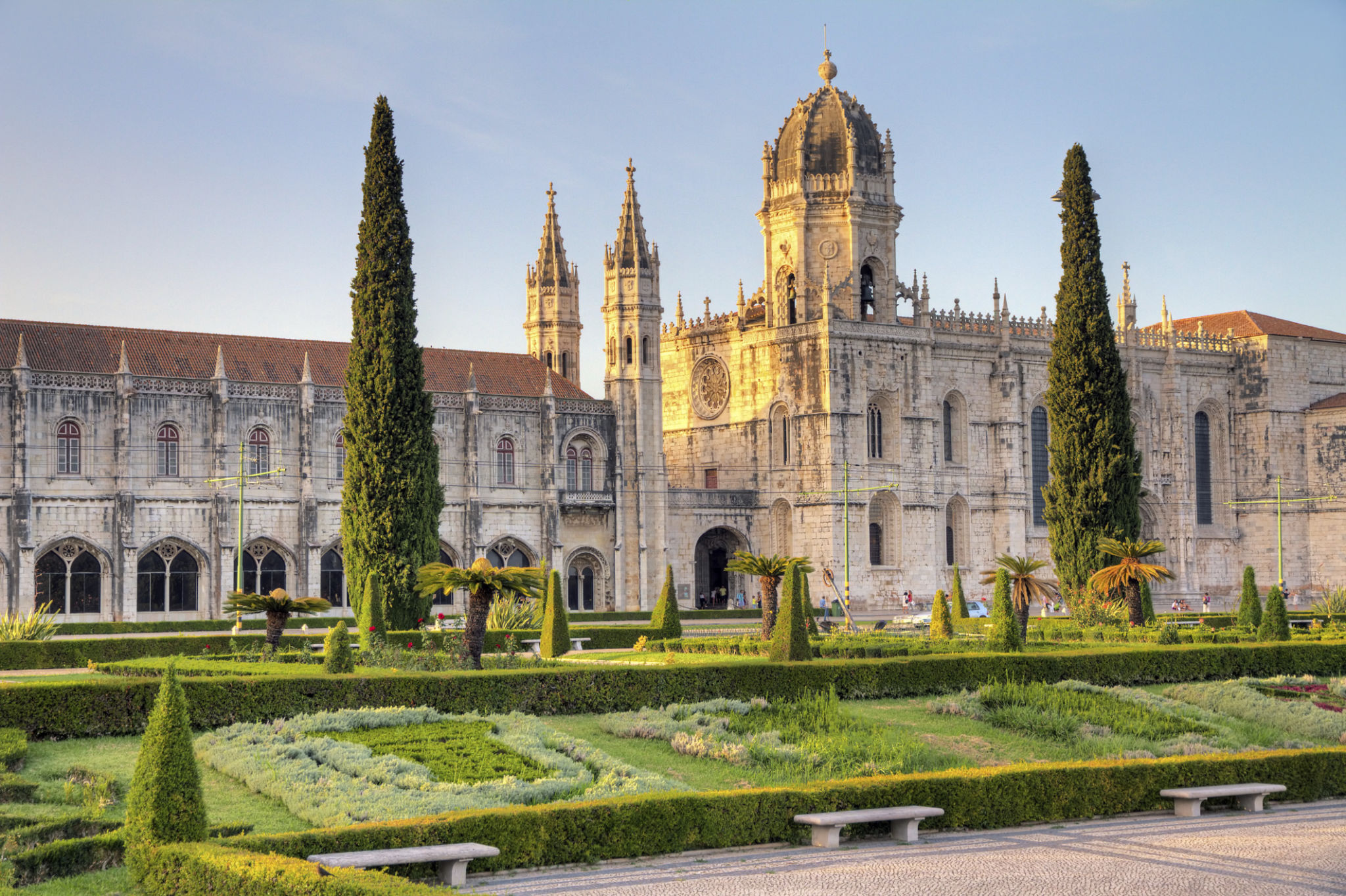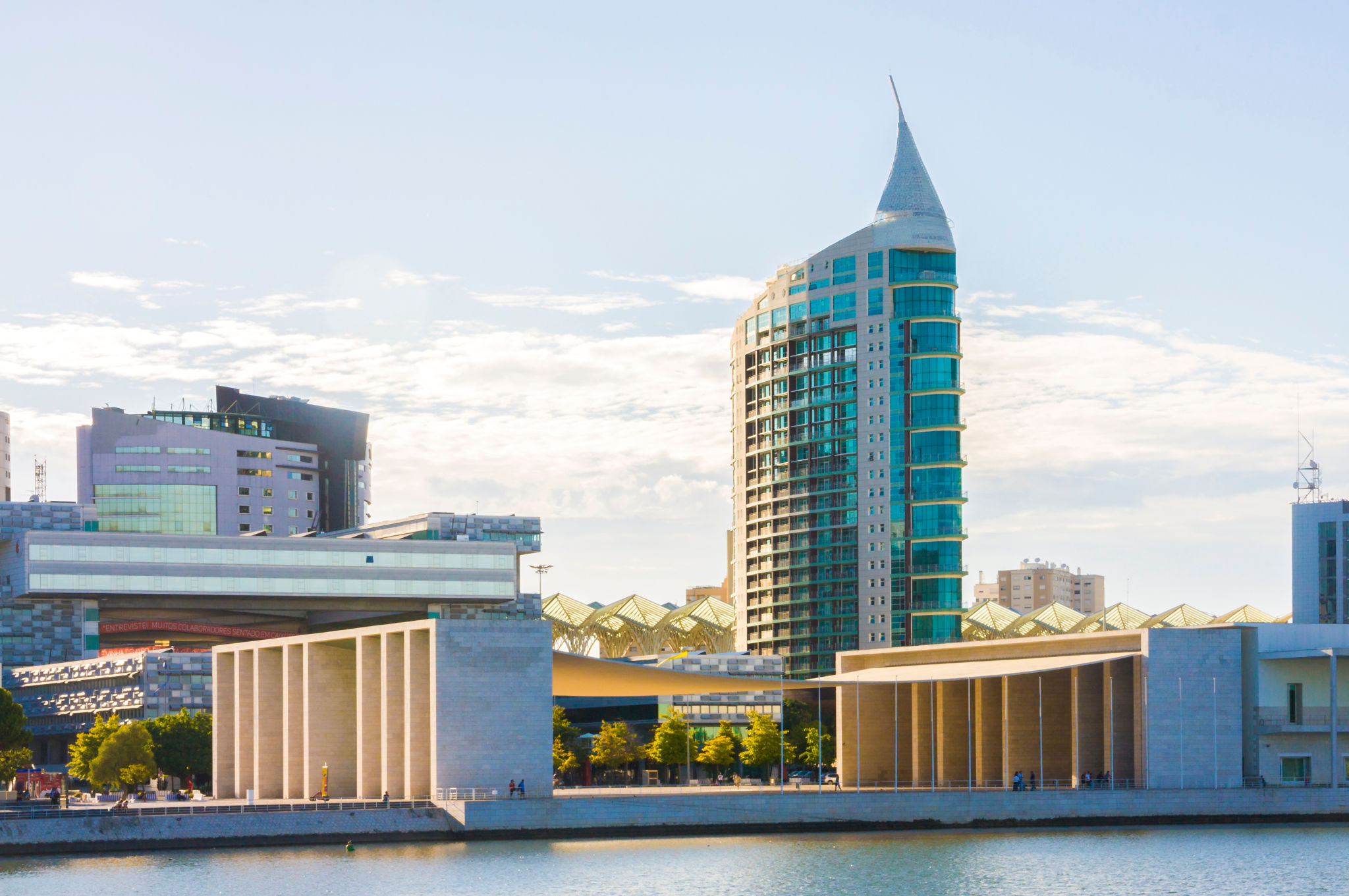Exploring the Unique Architecture of Lisboa: A Design Enthusiast’s Guide
A Journey Through Lisboa’s Architectural Landscape
Lisboa, the capital city of Portugal, is a treasure trove for design enthusiasts and architecture aficionados. With a rich history that spans centuries, Lisboa offers a blend of styles that reflect its diverse cultural influences. From Gothic cathedrals to modernist structures, the city's architecture tells a story of resilience and innovation.

The Charm of Portuguese Tiles: Azulejos
One cannot discuss Lisboa's architecture without mentioning the iconic azulejos, or Portuguese tiles. These intricately designed ceramic tiles adorn many of the city's buildings, adding color and character to the urban landscape. Originating in the 13th century, azulejos have evolved over time, with designs ranging from simple geometric patterns to elaborate historical scenes.
Walking through neighborhoods like Alfama or Bairro Alto, you'll be captivated by the vibrant facades covered with these beautiful tiles. They not only serve an aesthetic purpose but also help regulate indoor temperatures, showcasing a marriage of form and function.
Exploring Manueline Architecture
The Manueline style, unique to Portugal, is another architectural highlight in Lisboa. This ornate style emerged in the late 15th and early 16th centuries during the reign of King Manuel I. It embodies the wealth and maritime prowess of Portugal during the Age of Discovery.
A visit to the Jerónimos Monastery is a must for those interested in experiencing Manueline architecture firsthand. The intricate details and maritime motifs carved into stone are an awe-inspiring sight, reflecting the grandeur of this architectural style.

Lisboa’s Modern Marvels
While Lisboa is steeped in history, it is also home to stunning examples of modern architecture. The Parque das Nações area, developed for Expo 98, showcases contemporary design with structures like the Vasco da Gama Tower and the Oceanário de Lisboa. These buildings highlight innovative uses of space and materials while offering breathtaking views of the Tagus River.
Another notable modernist structure is the Fundação Calouste Gulbenkian, a cultural complex that combines art and nature seamlessly. Designed in the 1960s, the building's minimalist design is complemented by lush gardens, providing a tranquil retreat in the heart of the city.

The Influence of Pombaline Architecture
Pombaline architecture emerged after the devastating 1755 Lisbon earthquake, which necessitated a rapid rebuilding of the city. Named after the Marquês de Pombal, who led the reconstruction efforts, this style is characterized by its pragmatic design and early implementation of earthquake-resistant features.
The Baixa district is a prime example of Pombaline architecture, with its grid-like street layout and uniform building designs. This area represents one of the first instances of urban planning on such a scale, setting a precedent for future developments worldwide.
Tips for Exploring Lisboa’s Architectural Wonders
To make the most of your architectural exploration in Lisboa, consider these tips:
- Wear comfortable shoes: The city's hilly terrain and cobblestone streets require sturdy footwear.
- Join guided tours: Expert guides can provide invaluable insights into Lisboa’s architectural history.
- Visit at different times of day: The changing light can dramatically alter your perception of buildings.
Whether you're an avid design enthusiast or simply curious about history, Lisboa's architecture offers a captivating journey through time and style. From ancient cathedrals to cutting-edge structures, each building has its own story to tell, waiting for you to discover it.
